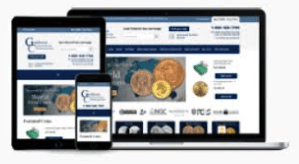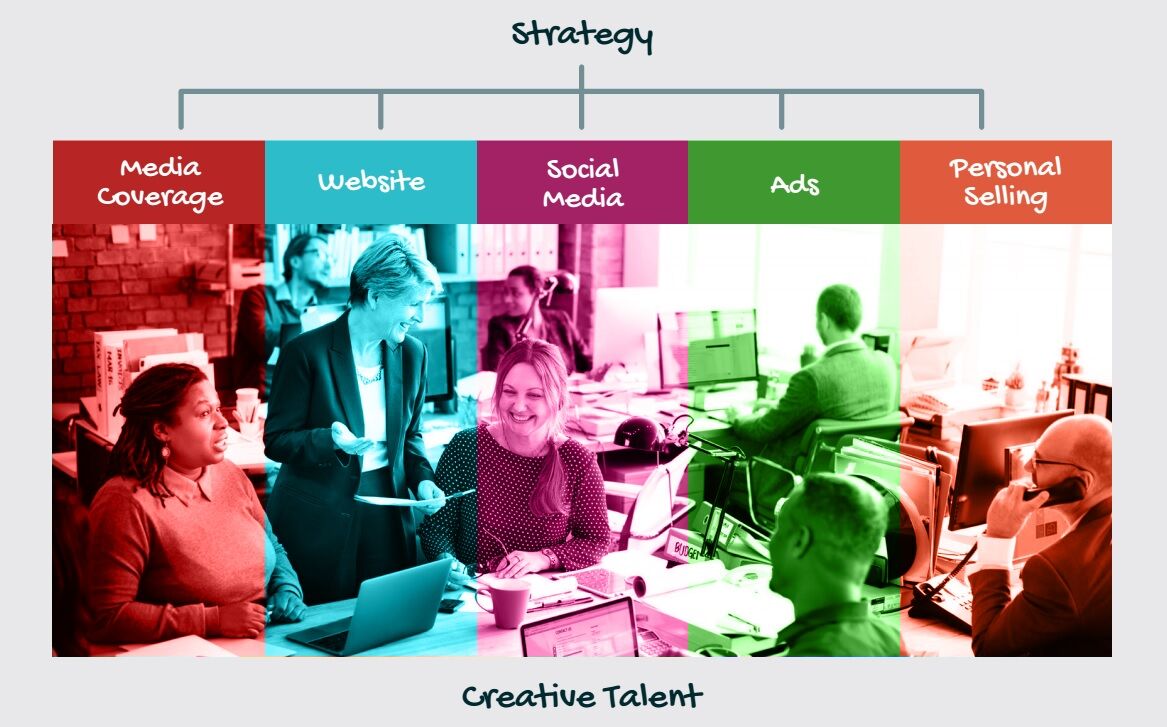One danger marketers face is promotion’s current state of complexity. I was talking with an applicant yesterday who has extensive experience helping large companies buy digital ads. To help me understand the dynamics of the relationship between the digital ad buyer and the digital ad seller, he showed me a graphic that looked like the wiring diagram for a pinball machine.
With all the digital channels and data available to marketers today, it’s easy to get deep in the weeds and lose sight of having a nice, balanced promotional mix.
I like to think of marketing in two buckets: data and persuasion. Let’s talk about data first. The idea of data has always been seductive to marketers. If they just had enough data to figure out exactly where their customer was, and then reach them at the exact moment they were ready to purchase, sales would soar and marketing costs would plummet. Now that would be highly effective ways to promote their products and services.
But there are problems with that. What sounds good in theory doesn’t always work in practice. I remember 30 years ago, being jazzed over segmenting by zip code. At the time, I worked for a company that sold gold and silver bullion to the public. Lots of it, by the way. Think hundreds of millions. My bright idea was to pick the wealthiest zip codes in the country and bombard them with direct mailings we had already tested and knew worked. I believe La Jolla, California was the wealthiest zip code at the time and it seemed like a no-brainer advertising promotion. Fish where the fish are. Except it didn’t work. As a matter of fact, it bombed.
I’m not saying data-driven marketing doesn’t work. I’m just saying it doesn’t always work.
The other bucket is persuasion. Persuasion is the art of moving someone to an opinion they didn’t previously hold. Steve Jobs said, “Customers don’t know what they want until we show them.” And Jobs was known for using media stories to persuade the masses to buy Apple’s products. Media stories are about as opposite of data-driven marketing as you can get. Collectively, media coverage is telling a persuasive story to the world.
The long-winded point I’m trying to make is that it’s good to use a combination of all five promotional mix channels: Advertising, Media Coverage, Website, Social Media and Personal Selling. I know we now have more data than we’ve ever had in the past, and that’s great. But don’t get so wound up in data that you miss opportunities to use channels whose value lies in their ability to persuade the masses. Step back and ask yourself if your promotional mix is balanced in a way that is likely to achieve the best results.
I’ve built Media Relations Agency’s business model around helping businesses tell their stories through integrated marketing. That means using all promotional mix channels. Our staff of publicists, web designers, digital ad and social media experts are here to assist you in any area of promotions. Not only that, we are used to flowing promotions across all channels. Clients often begin by trying us on a project as a way of testing our services. If you have a project on your list that’s not getting done, we’d love to help. A good person to call is Heather Champine. She is a partner at Media Relations Agency. You can reach her at 952-697-5269. Or contact us by completing this form.







